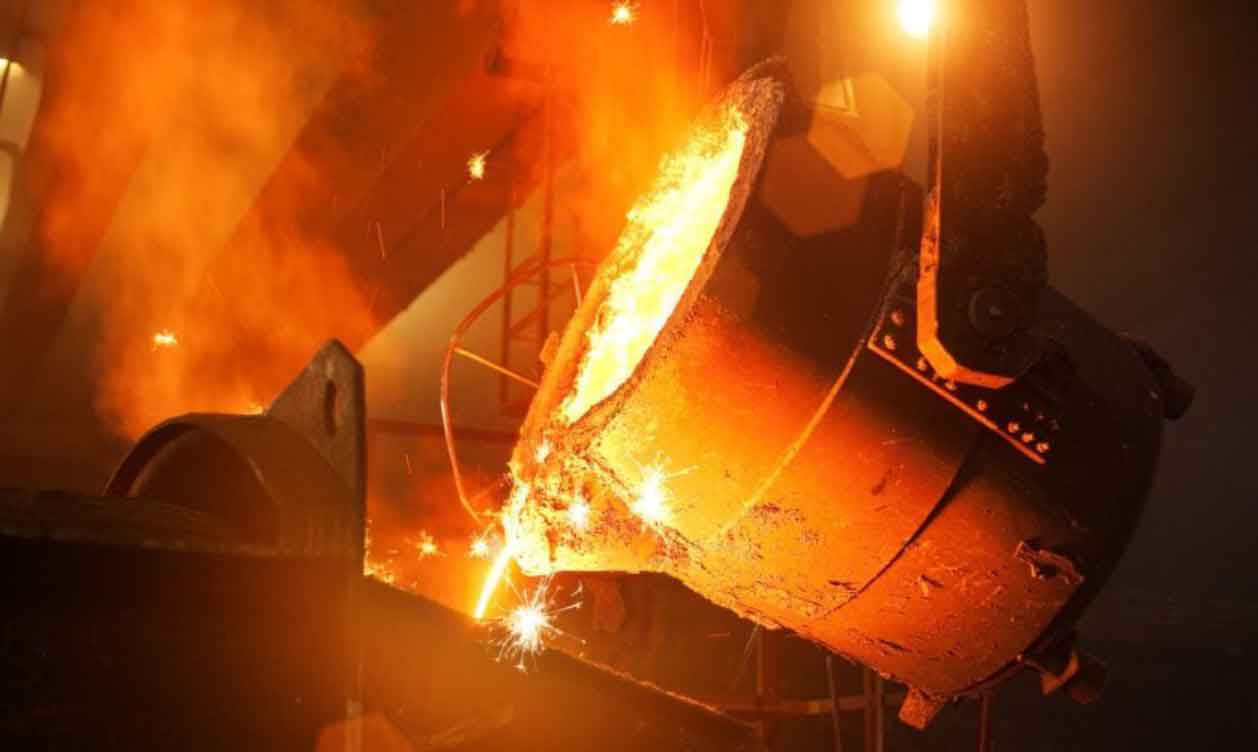Investment casting and gravity casting are two different casting methods used in metal manufacturing. Let’s compare them based on various aspects:

Investment Casting:
- Process: Investment casting, also known as lost-wax casting, involves creating a wax pattern of the desired part, coating it with a ceramic shell, and then melting the wax to create a hollow mold. Molten metal is poured into the mold, and after solidification, the ceramic shell is removed to obtain the final part.
- Complexity: Investment casting is suitable for producing complex parts with intricate details, fine features, and thin walls. It offers high dimensional accuracy and can replicate intricate designs.
- Surface Finish: Investment casting provides excellent surface finish and can achieve smooth, polished, and detailed surfaces without extensive post-processing.
- Material Options: Investment casting supports a wide range of materials, including both ferrous and non-ferrous alloys such as steel, aluminum, bronze, and titanium.
- Versatility: Investment casting is highly versatile and can produce parts of various sizes and complexities, including those with internal cavities or undercuts.
- Batch Production: Investment casting is suitable for both small-scale and large-scale production. It allows for batch production of parts, making it suitable for customized or low to medium production volumes.
Gravity Casting:
- Process: Gravity casting, also known as permanent mold casting, involves pouring molten metal into a reusable mold under the force of gravity. The mold, usually made of steel or cast iron, is designed to create the desired part shape.
- Complexity: Gravity casting is suitable for producing parts with relatively simpler geometries and moderate complexity. It may have limitations in replicating intricate details compared to investment casting.
- Surface Finish: Gravity casting can provide good surface finish, but it may require some post-processing to achieve a higher level of smoothness and refinement.
- Material Options: Gravity casting is commonly used for non-ferrous alloys such as aluminum, magnesium, and brass.
- Batch Production: Gravity casting is suitable for both small-scale and large-scale production runs. It allows for efficient production of parts in larger quantities compared to investment casting.
Advantages of Investment Casting:
- Capability to produce complex parts with intricate details and thin walls.
- Excellent surface finish and dimensional accuracy.
- Wide range of material options, including ferrous and non-ferrous alloys.
- Versatility in producing parts of various sizes and complexities.
- Suitable for both small-scale and large-scale production runs.
Disadvantages of Investment Casting:
- Longer production cycle compared to some casting methods.
- Higher costs associated with the intricate wax pattern production and ceramic shell manufacturing.
- Limited to parts that can withstand the high-temperature melting of wax.
Advantages of Gravity Casting:
- Suitable for producing parts with relatively simpler geometries.
- Good surface finish can be achieved with some post-processing.
- Suitable for both small-scale and large-scale production runs.
- Efficient production process without the need for complex equipment.
Disadvantages of Gravity Casting:
- Limited in replicating intricate details compared to investment casting.
- Material options are mainly focused on non-ferrous alloys.
- Requires careful mold design and gating system to ensure proper metal flow and fill.
When choosing between investment casting and gravity casting, consider factors such as part complexity, surface finish requirements, material options, batch production needs, and cost considerations. Investment casting is preferable for complex parts with intricate details, while gravity casting is more suitable for simpler parts and larger production volumes. Consulting with casting experts or manufacturers can provide valuable insights into the suitability of each method for your specific application and help you make an informed decision.
